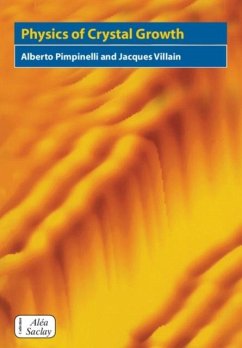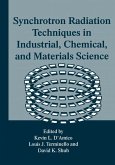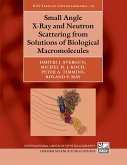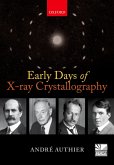This 1998 study introduces the physical principles of how and why crystals grow. The first three chapters recall the fundamental properties of crystal surfaces at equilibrium. The next six chapters describe simple models and basic concepts of crystal growth including diffusion, thermal smoothing of a surface, and applications to semiconductors. Following chapters examine more complex topics such as kinetic roughness, growth instabilities, and elastic effects. A brief closing chapter looks back at the crucial contributions of crystal growth in electronics during the twentieth century. The book focuses on growth using molecular beam epitaxy. Throughout, the emphasis is on the role played by statistical physics. Informative appendices, interesting exercises and an extensive bibliography reinforce the text.
Dieser Download kann aus rechtlichen Gründen nur mit Rechnungsadresse in A, B, BG, CY, CZ, D, DK, EW, E, FIN, F, GR, HR, H, IRL, I, LT, L, LR, M, NL, PL, P, R, S, SLO, SK ausgeliefert werden.









